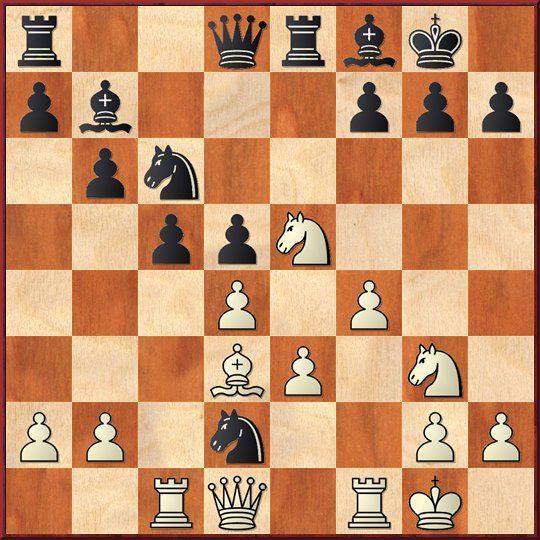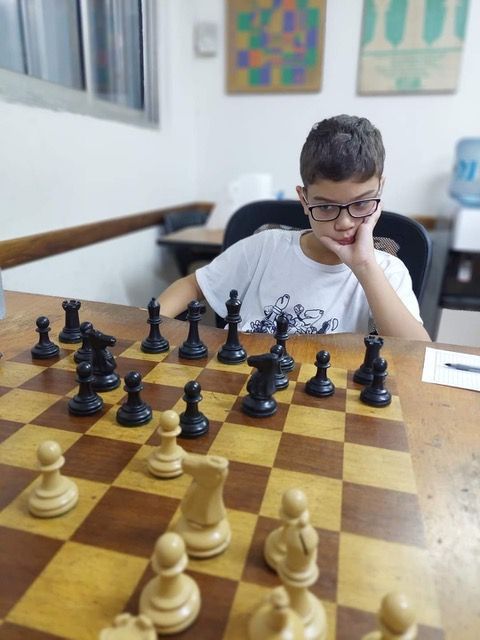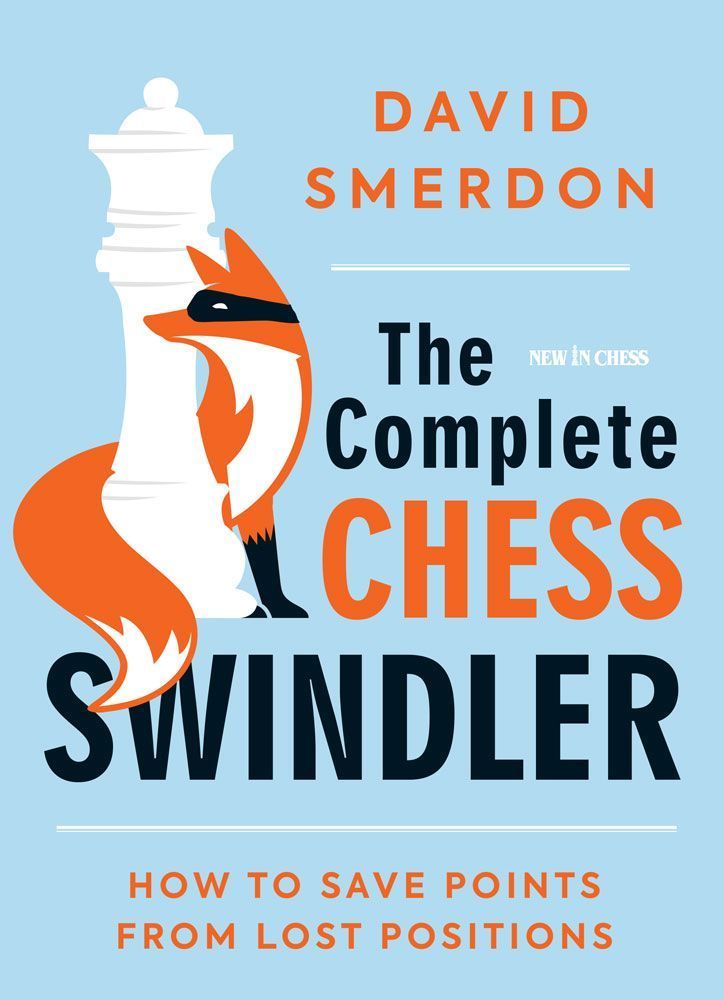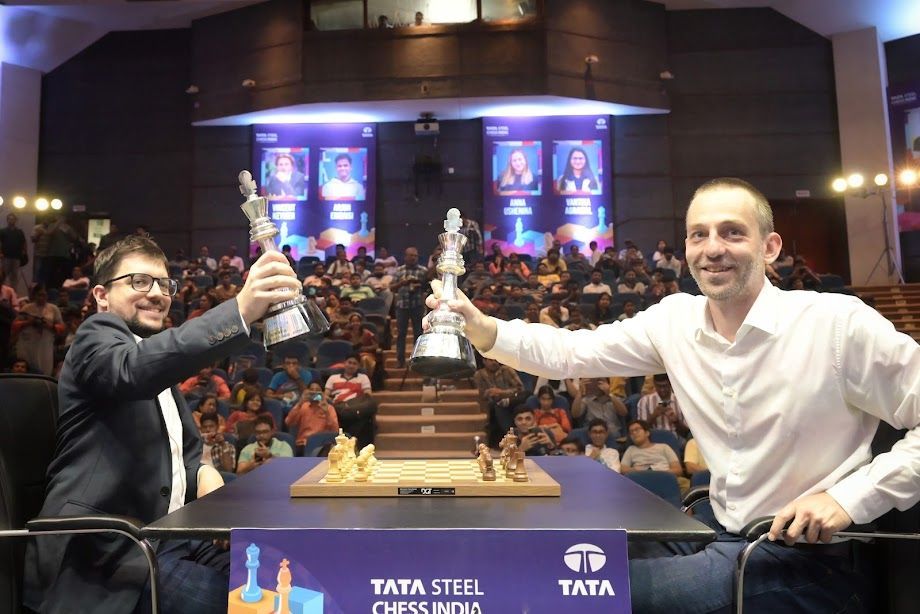Aronianplatz
“The chess world is a better place when Aronian is playing well!” So mused Garry Kasparov in 2015 when Levon Aronian hit a purple patch of creativity at the board. And that Kasparov quote reverberates once again in 2023, as the former Armenian, who now lives in, and represents, the USA stormed into the sole lead in the WR Chess Masters in Dusseldorf, Germany.
Rolling back the years with a brace of solid wins in rounds 1 and 3 over top teenage talents Rameshbabu “Pragg” Praggnanandhaa and Nodirbek Abdusattorov respectively - and draws against Vincent Keymer & Jan-Krzysztof Duda - was enough to see Aronian, now regarded as the elder statesmen of the elite circuit, to jump into the lead on 3/4 going into the rest day of the only German supertournament on the elite circuit.

Aronian is a colourful character who always gives entertaining reasons when he hits a purple patch. The latest, he revealed in the official live stream, is that he is currently watching the miniseries Berlin Alexanderplatz, Rainer Werner Fassbinder's 15-hour odyssey through the underbelly of interwar Berlin. “The plot in 1920s Berlin is so sad,” says Aronian, “that it makes me happy as soon as I can sit at the board again. Everything is quite wonderful then.”
It may be the ‘old man’ who is in the lead, but teenage talents have been taking the plaudits with all the first-half pyrotechnics at the board - the standout sacrificial win proving to be Uzbek rising star Abdusattorov’s ‘Greek gift’ mauling of Andrei Esipenko, one of the two Russians in the field playing under the neutral FIDE flag due to sanctions imposed over the Ukrainian war.
Standings:
1.
L. Aronian (USA) 3/4; 2-3.
W. So (USA), Gukesh D (India) 2½; 4-7.
A. Giri (Netherlands), I. Nepomniachtchi (FIDE), N. Abdusattorov (Uzbekistan) A. Esipenko (FIDE) 2; 8-9.
JK. Duda (Poland) 1½; 10.
V. Keymer (Germany) 1.
GM Nodirbek Abdusattorov - GM Andrey Esipenko
WR Chess Masters, (2)
Nimzo-Indian, Rubinstein variation
1.d4 Nf6 2.c4 e6 3.Nc3 Bb4 4.e3
The Rubinstein Variation, named after the great Akiba Rubinstein - who first brought this line into praxis against Alexander Alekhine during the famous St. Petersburg International of 1914
- is one of the most critical of White responses against the solid Nimzo-Indian. 4…0-0 5.Bd2 b6 6.Bd3 d5
A standard Nimzo-Indian set-up that rose to fame in the 1950s during those epic multi-round Candidates Tournaments of the era. 7.cxd5 exd5 8.Nf3 Re8 9.Rc1 Bf8
The immediate 9...c5 is also playable, and in some ways more preferable, where after 10.dxc5 bxc5 11.0-0 White will look to have play against Black's central hanging pawns. 10.0-0 Bb7 11.Ne5 c5 12.f4 Nc6 13.Ne2 Ne4 14.Ng3 Nxd2? [see diagram] Not so much walking into a minefield as running into one! Abdusattorov's attack is building up steam for sure, but more manageable was 14...Nxg3 15.hxg3 Qd6 16.g4 g6 17.g5!? Bg7 (It's too dangerous to take the pawn with 17...cxd4? 18.exd4 Nxd4 as 19.Bc3 Ne6 20.Ng4 and Black is in deep trouble on the kingside.) 18.Bb5 Red8 19.Qf3 Rac8 20.Qf2 where White is better due to the attack, but Black is not without resources here to keep the game competitive.
15.Bxh7+! The 'Greek gift' never fails to entertain in chess!
15...Kxh7 16.Qh5+ Abdusattorov's attack basically plays itself, but he doesn't miss a beat with his follow up(s).
16...Kg8 17.Qxf7+ Kh8 18.Ng6+ Kh7 19.Nh5! Bang goes the old adage again of the knight on the rim being dim!
19...Re6 The only move to defend against the mating threat of Nxf8+ and Qxg7#.
20.f5 Nxf1 21.Rxf1 Qg5? A losing blunder from Esipenko. The only way to try to survive is with 21...Qe8! 22.Nxf8+ Qxf8 23.fxe6 (If 23.Qxe6 Qe8! is enough to hold the draw with 24.Nxg7 Kxg7 25.f6+ Kh6! (The other king moves lose, such as 25...Kh7? 26.Qh3+ Kg6 27.f7 Qe4 28.f8Q Rxf8 29.Qg3+! Kh5 30.Rxf8 Qb1+ 31.Rf1 Qe4 32.h4 and the Black king is snared in a mating net.) 23...Qxf7 24.Rxf7 Rb8 25.Nxg7 cxd4 26.exd4 Kg6 27.h4! Nxd4 28.h5+ Kg5 29.e7 and Black can only defend with the accurate 29...Bc6! 30.Rf8 Rb7 31.e8Q Bxe8 32.Nxe8 leaving an ending that Black should easily hold.
22.Qxe6 Qxh5 If 22...Ne7 23.Qf7! forces Black down the losing line of: 23...Nxg6 24.fxg6+ Qxg6 25.Nf6+ Kh6 26.Qxb7 Rd8 27.Qc7 Rd6 28.Ng8+ winning the bishop and also the game.
23.Rf3 The rook lift decides the game - there's no defence now. 23...cxd4 24.Qf7! Bd6 It was either this or going down even quicker with 24...Ne5 25.Nxf8+ Kh6 26.Qe6+ g6 27.Rh3 Qxh3 28.gxh3 Rxf8 29.Qxe5 d3 30.Qf4+ Kg7 31.Qd4+ and the White queen will clear up all the loose pawns. The text is still losing, but at least Esipenko keeps some hope alive with his pieces at least coming together as a cohesive unit.
25.Nf8+ Rxf8 26.Qxh5+ Kg8 27.f6! The final nail in the coffin, as it blows away the defence around Esipenko’s king.
27...Ne5 28.Rf5 g6 After 28...gxf6 29.exd4 and to defend his king, Black will need to give up his knight with 29...Rf7 30.dxe5 Bxe5 31.Qg6+ Kf8 32.Rh5 d4 33.Qd3 where, eventually, White will hunt down the Black king.
29.Qg5 Abdusattorov now quickly and very efficiently finishes off the game. 29...dxe3 30.Rxe5! Kf7 31.Rxe3 Bc5 32.b4 Bxe3+ 33.Qxe3 Re8 34.Qc3!
Defending the f6-pawn, stopping ...Re1+, and threatening Qc7+. 34...Bc8 35.a4 Bf5 36.h3 Abdusattorov is no particular hurry to rush things, and he's looking to play g4-g5.
36...Rd8 37.Qd4 Blockading the d-pawn.
37...Be6 38.g4 Rc8 39.g5 Rc1+ 40.Kf2 Rc2+ 41.Kg3 1-0












